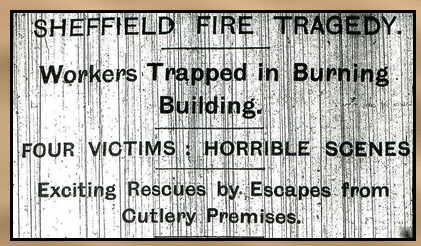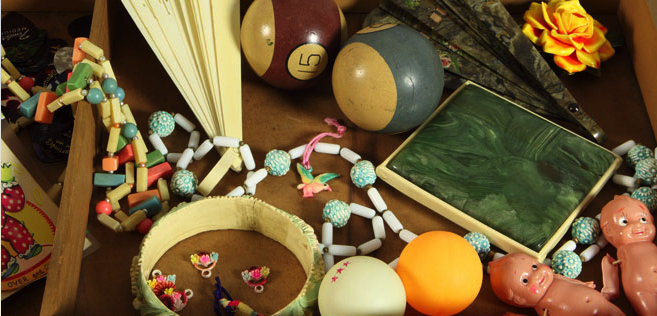Hope I am not putting Crowncork's nose out of joint with more about celluloid, but here goes...!
The potted history above is not entirely correct. The concept of celluloid was first muted in 1848. The first marketable formula was celluloid, available in 1855, but because it's British inventor was called Alexander Parkes it was marketed under the name 'Parkesine", and later as 'Xylonite' which found its way into the workrooms of many Sheffield straight razor workshops as a scale material. There is in London a placque recalling the deaths of loads of workers in one company dying when the xylonite store caught fire and exploded. In 1921 there was a fire in a Sheffield cutlery company, again due to xylonite:

I have seen the stuff in inventories for Sheffield cutlery works as late as 1931, though it probably was used up to the 1950s, perhaps longer.
Parkes invention was described as letting collodion evaporate into a solid mass - he also used camphor. It was still called Parkesine in the early 1860s. He and an inventor named Spill called the mixture 'Xylonite' when they added camphor to it.
Parkes went belly-up in the water and American John Hyatt (a blacksmith's son, incidentally) bought his patent in the 1860s. Hyatt formed a billiard ball manufacturing company in the 1870s - the origin of the 'exploding billiard balls' fracas. Hyatt also formed the 'Celluloid Manufacturing Co. and by 1872 the trade name 'celluloid' was firmly entrenched.
Ping-pong balls are still made from celluloid today, in the past they made celluloid cuffs and collars (the sheet material could be cut and then formed into shape with the aid of heat), here are some other objects:

Meanwhile back in england an associate (inventor and rubber manufacturer) of Parkes - Daniel Spill - had started the 'Xylonite Co.' - there was a legal dispute with Hyatt, but as Parkes was the inventor judgement meant that neither Spill nor Hyatt won the case - celluloid and xylonite were still 'owned' as material by Hyatt and Spill.
Hyatt set up a new premises in New Jersey in 1872 to produce celluloid. It did not cease production until 1949.
So - the start date of 1860 - 1870 quoted by many articles is incorrect.
Regards,
Neil